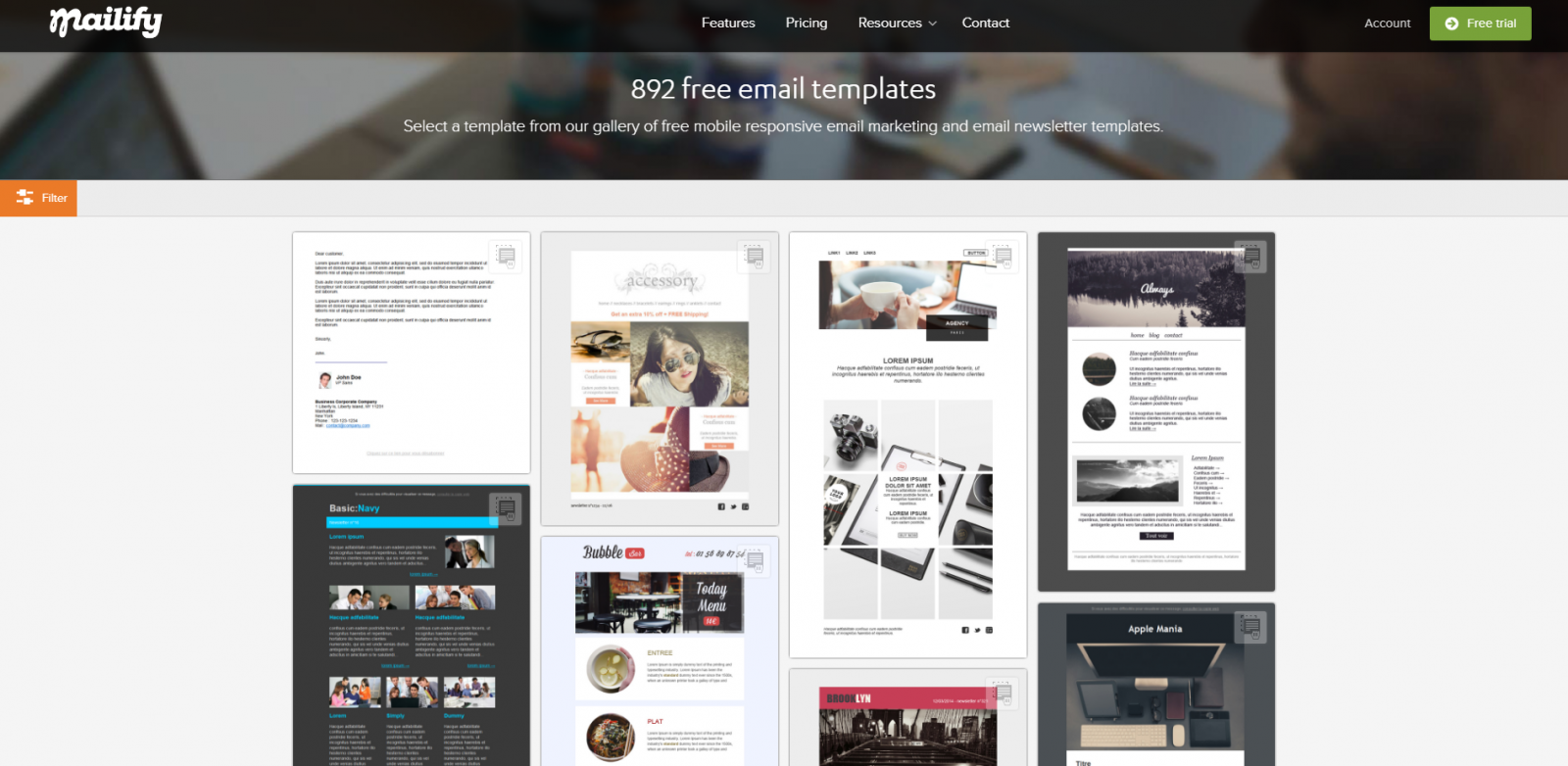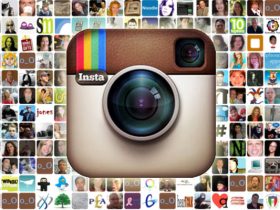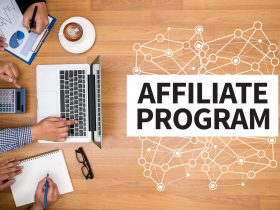These last years we’ve seen how countless means of communication, including the unbeatable social networks, take the world. We are surrounded by innumerable different channels to communicate with others, so it’s easy for the old ones to rapidly become obsolete.
However, if there is a tool that remains strong against its competitors, that is the email. Is it out of style? No way! Studies show that it’s still one of the most used services, and experts estimate that it will keep going strong during the next years. Moreover, with the smartphone boom, almost everybody has an email app in their phone and checks it regularly throughout the day.

Apart from having the advantages that it has always offered, new applications for the old-school tool are coming up. One of the latest ones is the concept of email marketing, mailing or newsletter sending, with the revolutionary idea of email newsletter templates. You’ve never heard of this? Let’s get into it then!
What is a newsletter?
A newsletter is basically an electronic document that a company sends periodically by email to its subscribers, that is, people who have previously agreed to receive the bulletin. Here lies the difference between a newsletter and the well-known and widely hated spam; when people receive a newsletter, it’s because they have voluntarily given a company a permission to send it to them.
Why should I be using a newsletter to give my business a push?
To be honest, if you’re a company with a large list of clients which you want to keep updated and, especially, involved, we don’t know what you’re waiting for! A newsletter can offer this advantages and many more, being easy to use, quite cheap and saving you lots of time.
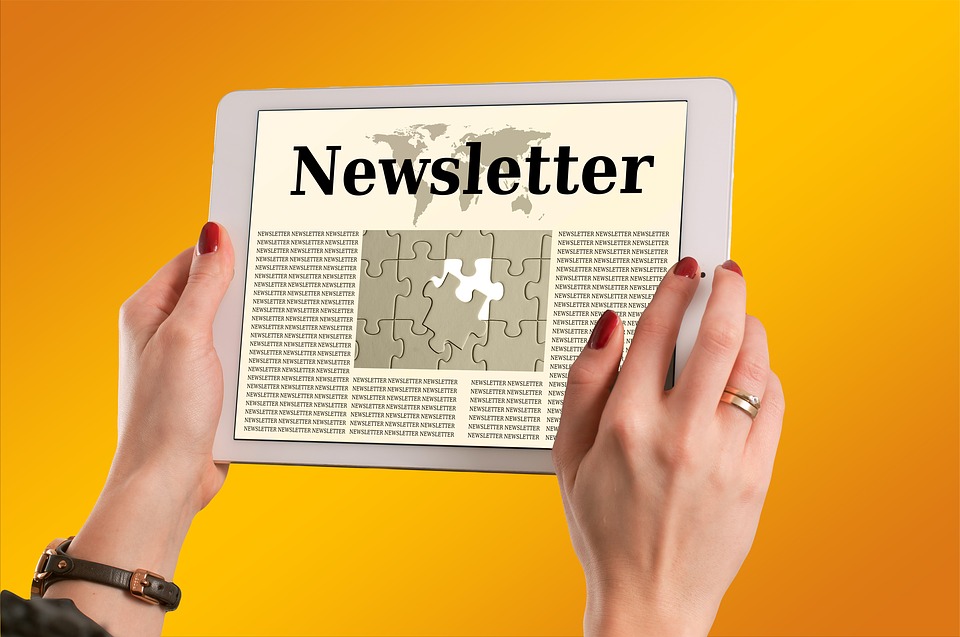
One of its main benefits is that it creates brand awareness like no other; some mailing apps, as we will discuss later, will let you personalize your emails depending on your subscriber’s characteristics (addressing everyone by their name!), which generates engagement. By receiving news, special offers and promotions and even invitations to events, the subscriber develops, little by little, something most enterprises would kill for: loyalty.
When our company’s dedication is selling a product or a service, email newsletter is definitely perfect for us, because it offers the ultimate advantage of including the so-called Call to Action buttons, which are buttons that link directly to the company’s website, leading the user there when he clicks the button. It makes it easier for them to purchase, so this technique holds a fantastic conversion rate, this is, turning subscribers into actual clients.
As we have mentioned, it comes in handy because it automatically sends your campaigns to your list of contacts, so it isn’t as time consuming as sending emails one by one. We also mentioned that it is considered unexpensive, and we should add that, moreover, its return of investment (ROI) is one of the highest among digital tools or channels. Email marketing’s ROI is, nowadays, of 4.300% (wow!).
Finally, we must mention its great opening rate; it is likely that your subscribers will actually open and read your campaign, since newsletters are widely accepted by users. That is because they have previously agreed to receive them, as we mentioned before, and they don’t feel overwhelmed and forced, like with spam.

This is especially relevant, because why should we waste time creating a nice campaign if the user will probably never open or read it? Mailing generally avoids such a waste!
How do I create a newsletter?
Now the question you are probably asking yourself: OK, I get it, sending newsletter is a fantastic idea, but I’m not a graphic designer! Calm down, because the twenty first century always has a solution for almost anything tech-related. We now present you the fabulous mailing apps!
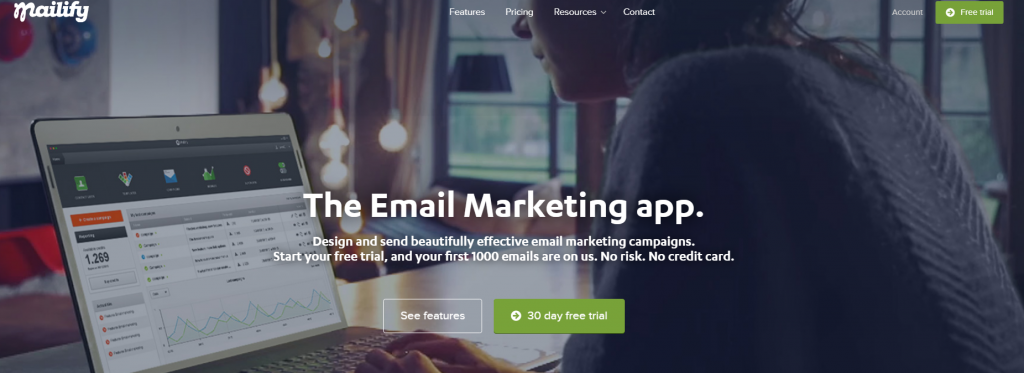
These apps are made to make our lives easier while creating our email marketing campaign. You don’t need to be a graphic designer; in fact, you don’t even need to know anything about design, nor to be a geek. Mailing apps explain the process step by step, usually using video tutorials, so we end up with the perfect campaign for our business idea.
The best part is that they offer countless email newsletter templates for us to choose from, with models that adapt to every type of business; we can find templates appropriate for fast food restaurants and also templates for a clothing online shop. They can be very specific; we’ve seen incredible templates for travel agencies, for pet stores and even for dating agencies!
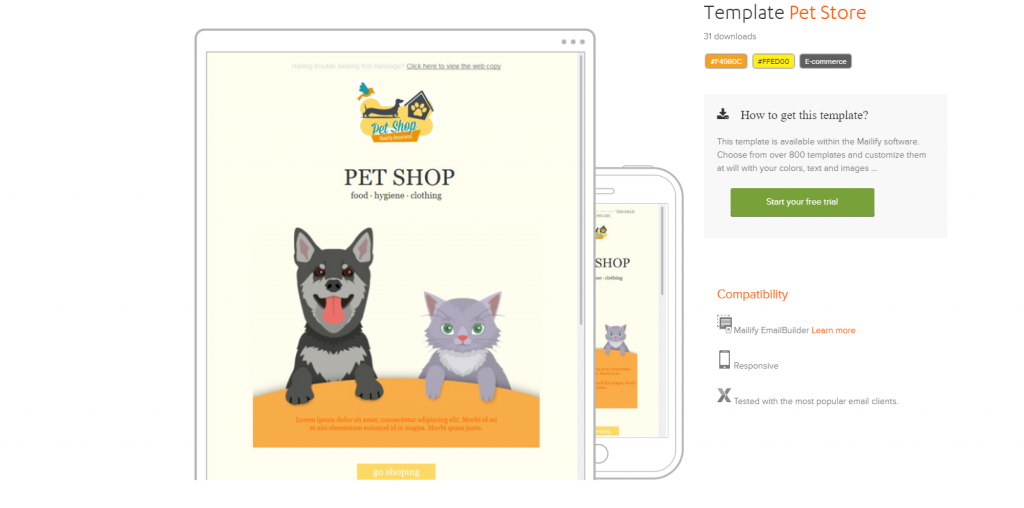
We can obviously customise these email newsletter templates; add or erase text, change colours, include our social media links, completely change the order if we wish to… but yet, we’ve had a base, and, without knowing how to design, we’ve created our very own mailing campaign. Isn’t it great?
What do I include in my newsletter?
Remember that not only the design is important; the content is what will engage our subscribers! Which structure should it have? Here we present you a little guide with the main aspects you should pay attention to.
- The subject should be short and concise, without capital letters and spam words such as free, offer…
- The preheader, which acts as a second subject, should also be short and clear
- Our message has to be meant for our target and to include Call to Action buttons
- We should include our social media links, and we must include an unsubscribe button; it is legally compulsory.
The structure must also be clean and organized. Here’s an example:
- Presentation (1). We should include our name or the name of the company in the beginning of our email, so the receiver instantly knows who the sender is.
- Title (2). The title will reflect the aim of our campaign, and it must be clear and attractive.
- Lead (3). Two or three lines giving a little bit more of information than the title.
- Images (4) (6). These have to be related with the campaign’s objective and awaken the subscriber’s desire to purchase our product or service. They must be nice, because it’s the only image the client has of our product.
- Calls to action (5) (7). They will generate web traffic to our own website, and will lead the customer directly to the site to facilitate the purchase.
- Social media buttons (8). Integrating our channels is a great idea, since it will increase our effectiveness, and we will better communicate
- Unsubscribe link (9). As we’ve said, it’s essential to include it, as it’s legally compulsory.
What should I take into account when choosing a newsletter sending software/email marketing app?
There are some characteristics that make everything even easier, and make our campaigns look more professional. Not only this, we also want them to offer us some tools so we can track how our campaign is working. This is extremely relevant, as knowing what worked and what didn’t or what did our subscribers prefer will be crucial when taking decisions for our next campaign and its approach.
We can always use the A/B test; sending two different emails, with different content or format, and watching which one works better among our clients once sent; the mailing app should be able to automatically send the campaign with best results to the rest of our database; these are some tips and tricks to pay attention to when choosing the so-called app; Because what can’t be measured, can’t be improved.
First of all, we must make something clear; without a database, no email marketing strategy will work, even if you choose the best mailing app in the market. Maybe our objectives are defined and we have a solid strategy, but we must have quality readers! Make sure that your database consists of contacts that will actually be interested in opening and reading your content; if not, start it over. Focus on quality rather than quantity.
We mentioned it before and we will do it again because it is, in our opinion, what makes email marketing so special and mailing apps so useful; customization is everything! Not only do they send different campaigns to different contacts, and not only do they address every contact by their name; they can also send unique emails to a particular contact, just like when we purchase a plain ticket and we receive a confirmation email. These are called transactional emails, and are important because they also generate brand awareness, loyalty and give the client a very positive impression when he gets a rapid response from us. Our mailing tool has to be able to do this!
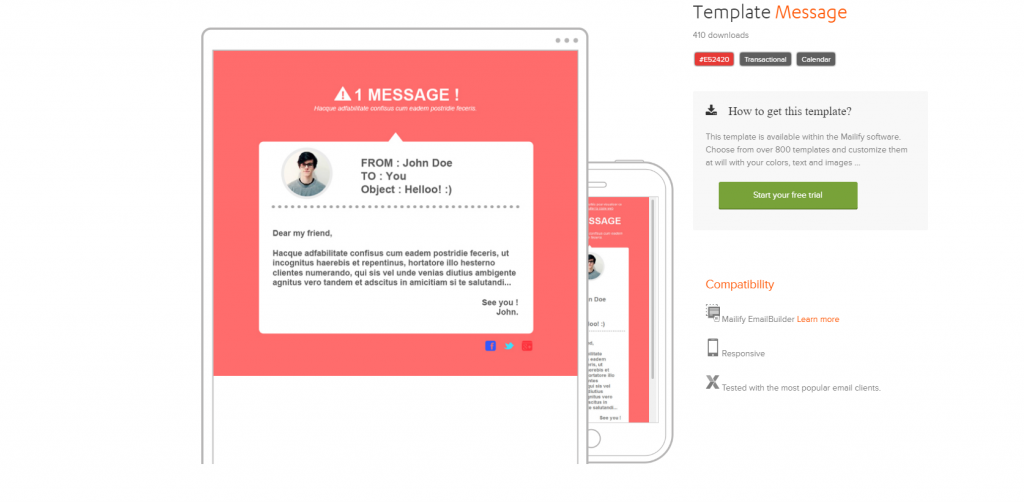
Of course, we have to make sure that the app includes information, support and templates in your language. These days, it is also indispensable that it has a responsive format; this means that the campaign will adapt to any device, showing itself perfectly on a laptop, on a smartphone or wherever. A huge amount of people check their emails on their tablets or phones, and we cannot accept that our well thought campaign appears messy or even look like a nonsense.
For the same reason, a great option would be that the app we use allows us to preview the campaign with both a computer and a smartphone format; maybe after seeing it in the smartphone format we will want to change something before sending it; who knows.

We mentioned before that mailing is quite cheap; in fact, sending our campaigns by email is definitely inexpensive. OK, creating an email account is free; we all know that. But using mailing apps will not burn a hole in your pocket either! Their services are usually, as we said, quite inexpensive, and some of them even offer us the opportunity to try their app for a month or so for free, so we can properly decide if their templates, system, etc is what we are looking for!
Lastly, it is important that the app in particular is able to properly manage our contact list, to keep it updated and, in general, to act as our agenda. Some apps even automatically identify and correct misspelled email addresses, or remove duplicates: that is what you must look for!
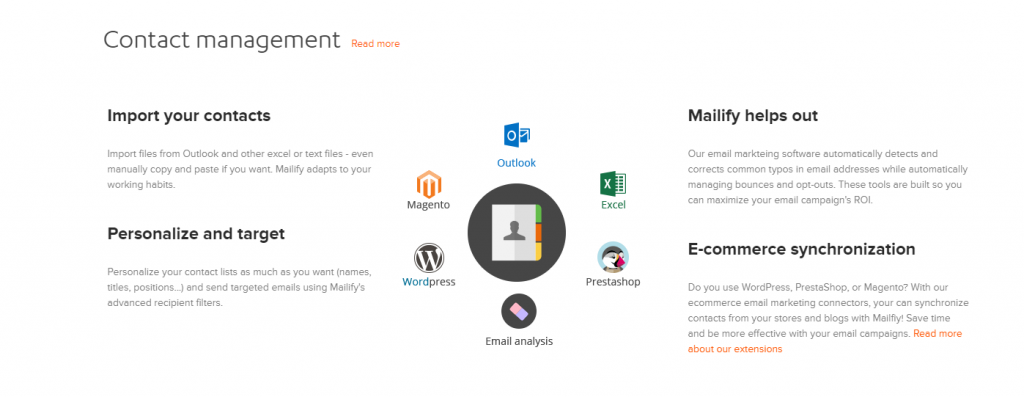
Which tools should it include?
It’s also fantastic when these apps are linked to other tools that perform a related job, so it makes things even easier. One of the best ones is Google Analytics, which allows you to track your results, or to know which one of your campaign generated more sales. If you own an online shop, having the app connected and synchronised to an e-commerce tool is a great idea; it gives you some information about your client’s shopping habits, giving you a deeper knowledge on how to approach your next campaign.
Nowadays we cannot forget social media. The app has to allow us to connect our emails and campaigns to our social media links, so our customers can be even closer to us. Moreover, we live in the digital era; images, gifs and videos are welcome! Surprise your subs with funny gifs, beautiful pictures or videos that might be useful for them; tutorials on how to use a product or a service can tilt the balance in favour of buying it!
This makes our email way more interactive, and the customer will probably react much better to it: something nice or funny is always well received. In order to do this, the mailing app has to offer us enough space, because emails that are too heavy are usually not received or sent directly to the spam folder. We should make sure that the app we use takes care of this.

You see, there are many things we must consider when choosing our perfect software to send a newsletter. I hope this article has cleared up what a newsletter is, which are its advantages and what should a mailing app offer so your campaigns really shock your subscribers! Now… what are you waiting for?




